
Erectile Dysfunction (ED) is a medical condition characterized by the inability to achieve or maintain an erection sufficient for satisfactory sexual performance. It can affect men of all ages but is more common in older adults. Occasional difficulty in achieving or maintaining an erection is normal, but when it becomes a persistent and recurrent problem, it may be diagnosed as ED.
The process of achieving an erection involves a complex interaction of psychological, neurological, vascular, and hormonal factors. Various physical and psychological factors can contribute to the development of ED, including:
- Vascular issues: Conditions such as atherosclerosis (hardening of the arteries), high blood pressure, and diabetes can affect blood flow to the penis, making it difficult to achieve or maintain an erection.
- Neurological disorders: Conditions that affect the nervous system, such as multiple sclerosis or Parkinson’s disease, may interfere with the signals between the brain and the penis.
- Hormonal imbalances: Low levels of testosterone, the primary male sex hormone, can contribute to ED.
- Psychological factors: Stress, anxiety, depression, and relationship issues can impact sexual performance and contribute to ED.
- Medications and substance abuse: Certain medications, as well as the use of tobacco, alcohol, or illicit drugs, can contribute to erectile dysfunction.
What causes Erectile Dysfunction?
Erectile Dysfunction (ED) can be caused by a variety of factors, both physical and psychological. Some of the common causes include:
- Vascular issues: Problems with blood flow to the penis are a common cause of ED. Conditions such as atherosclerosis (hardening of the arteries), high blood pressure, and diabetes can restrict blood flow to the genital area, making it difficult to achieve or maintain an erection.
- Neurological disorders: Conditions that affect the nervous system, such as multiple sclerosis, Parkinson’s disease, and spinal cord injuries, can interfere with the transmission of nerve signals between the brain and the penis, affecting the ability to get an erection.
- Hormonal imbalances: Low levels of testosterone, the primary male sex hormone, can contribute to erectile dysfunction. Hormonal imbalances can be caused by conditions such as hypogonadism or certain medications.
- Psychological factors: Mental health issues, such as stress, anxiety, depression, and relationship problems, can impact sexual performance and contribute to ED. Performance anxiety, in particular, can create a cycle of erectile difficulties.
- Medications and substance abuse: Certain medications, including some antidepressants, antihypertensives, and medications for prostate conditions, may have ED as a side effect. Substance abuse, including excessive alcohol consumption and the use of tobacco or illicit drugs, can also contribute to ED.
- Structural issues: Peyronie’s disease, which involves the development of scar tissue inside the penis, can lead to curvature and difficulty in achieving or maintaining an erection.
- Chronic conditions: Conditions such as obesity, metabolic syndrome, and sleep disorders can contribute to ED.
- Age: Aging is a natural factor that can contribute to changes in erectile function. As men get older, they may experience a decrease in testosterone levels and changes in blood vessel and tissue health.
How common is Erectile Dysfunction?
Erectile Dysfunction (ED) is a common condition, especially among older men, but it can affect men of all ages. The prevalence of ED tends to increase with age. Various studies have provided estimates of its occurrence, and the numbers can vary based on factors such as study population, methodology, and definitions of ED.
In general:
- Age-related prevalence: The Massachusetts Male Aging Study, conducted in the late 1980s and early 1990s, found that the prevalence of ED increased with age. Approximately 40% of men at age 40 experienced some degree of ED, and this percentage increased to nearly 70% by age 70.
- Overall prevalence: More recent studies have reported varying prevalence rates. According to a systematic review published in the Journal of Sexual Medicine in 2010, the global prevalence of ED was estimated to be around 16% with rates ranging from 3% to 76% depending on the population studied and the methodology used.
- Risk factors: Certain risk factors, such as diabetes, cardiovascular disease, obesity, and smoking, can increase the likelihood of developing ED. Lifestyle factors, including physical inactivity and poor diet, can also contribute.
- Psychological factors: ED can be influenced by psychological factors such as stress, anxiety, and depression. However, the prevalence of psychological causes may vary among individuals.
What medical conditions are associated with Erectile Dysfunction?
Erectile Dysfunction (ED) can be associated with various medical conditions, as the ability to achieve and maintain an erection is influenced by a complex interplay of physical, hormonal, and psychological factors. Some of the medical conditions linked to ED include:
- Cardiovascular diseases: Conditions such as atherosclerosis (hardening of the arteries), coronary artery disease, and hypertension can restrict blood flow, affecting the ability to achieve and sustain an erection.
- Diabetes: High blood sugar levels associated with diabetes can damage blood vessels and nerves, contributing to ED.
- Neurological disorders: Conditions affecting the nervous system, such as multiple sclerosis, Parkinson’s disease, Alzheimer’s disease, and spinal cord injuries, can interfere with nerve signals involved in the erectile process.
- Hormonal imbalances: Low testosterone levels, a condition known as hypogonadism, can contribute to ED. Hormonal changes associated with aging can also play a role.
- Obesity and metabolic syndrome: Excess body weight, particularly around the abdomen, is associated with both vascular and hormonal changes that can contribute to ED. Metabolic syndrome, which includes obesity, high blood pressure, and high cholesterol, is linked to an increased risk of ED.
What are the treatment options for ED?
The treatment options for Erectile Dysfunction (ED) depend on the underlying cause of the condition. Here are some common approaches to managing ED:
- Lifestyle changes:
- Healthy diet and exercise: Adopting a balanced diet and engaging in regular physical activity can improve overall health, including cardiovascular health, which is crucial for erectile function.
- Weight management: Losing excess weight, especially if obesity is a contributing factor, can help improve ED.
- Psychotherapy and counseling:
- Psychological counseling: Addressing underlying psychological issues such as stress, anxiety, or depression with the help of a mental health professional can be beneficial.
- Couples therapy: Involving a partner in counseling sessions can address relationship issues and improve communication.
- Medications:
- Phosphodiesterase type 5 (PDE5) inhibitors: These medications, such as sildenafil (Viagra), tadalafil (Cialis), vardenafil (Levitra), and avanafil (Stendra), enhance the effects of nitric oxide, a chemical that relaxes muscles in the penis, allowing increased blood flow. They are often effective for many cases of ED and are usually taken on an as-needed basis.
- Testosterone replacement therapy (TRT): For men with low testosterone levels, TRT may be prescribed to improve hormonal balance and address ED.
- Vacuum erection devices (VEDs):
- These devices use a vacuum to draw blood into the penis, creating an erection. A constriction ring is then placed at the base of the penis to maintain the erection.

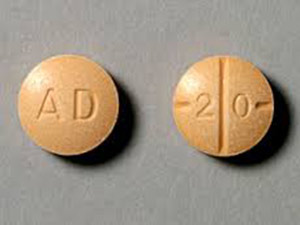
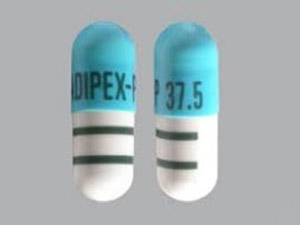
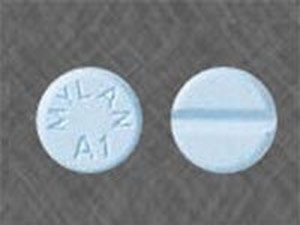
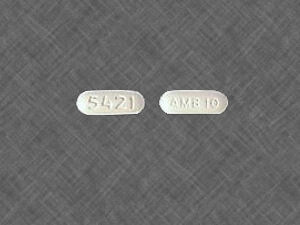
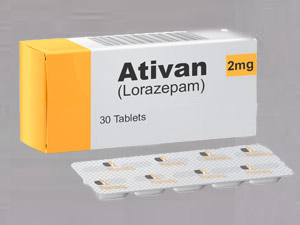
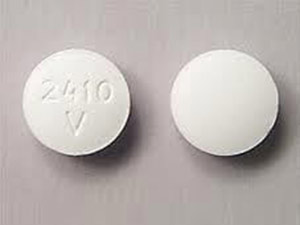
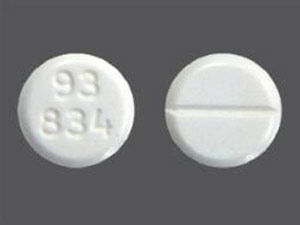
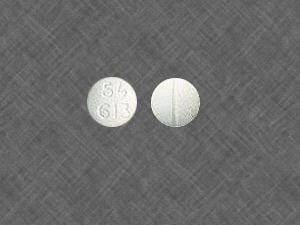
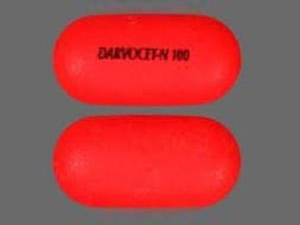
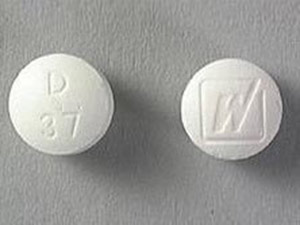
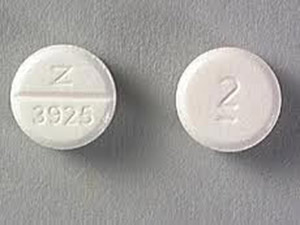
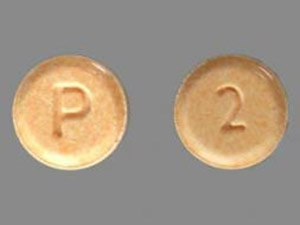
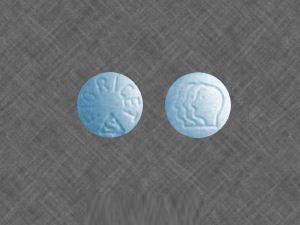
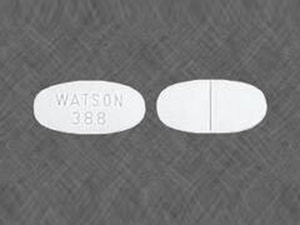
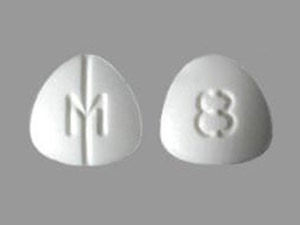
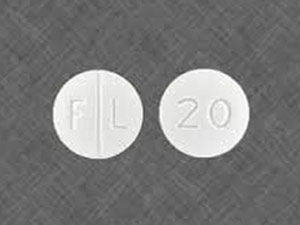
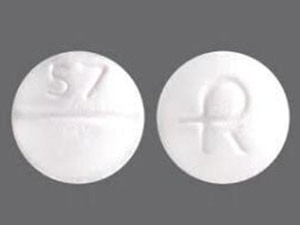
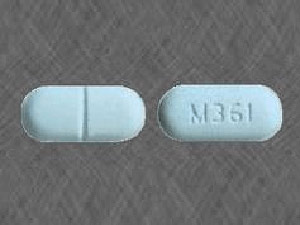
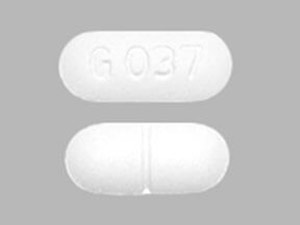
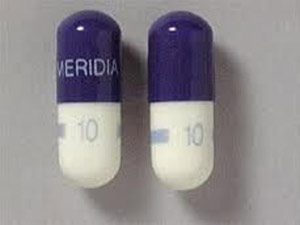
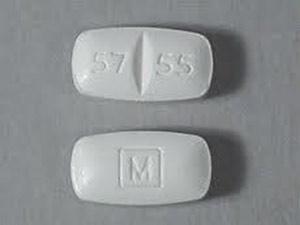
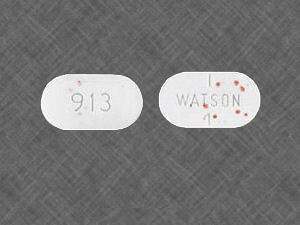
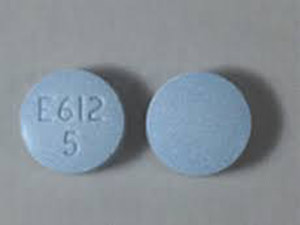
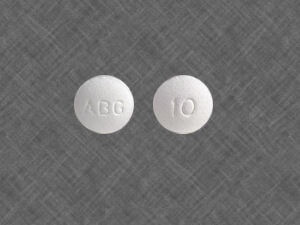
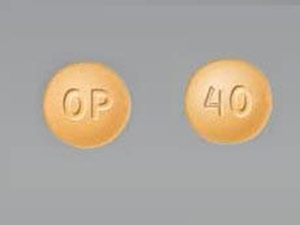
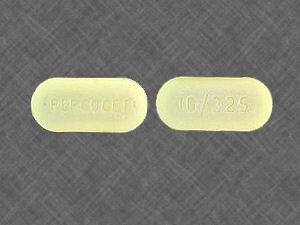
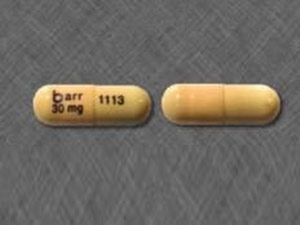
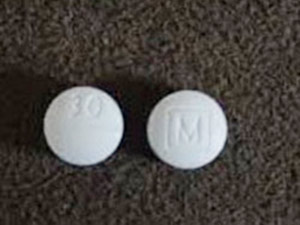
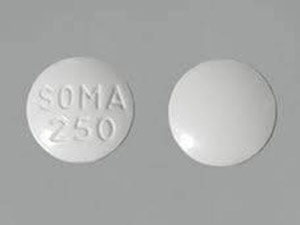
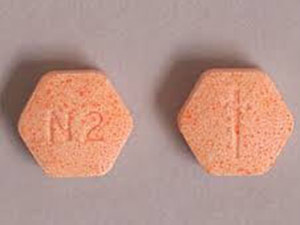
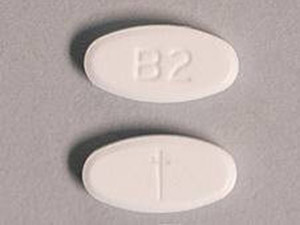
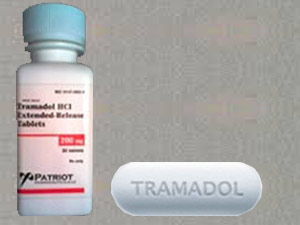

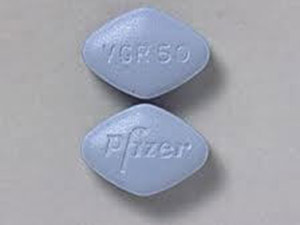
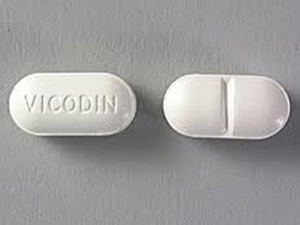
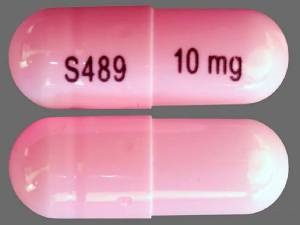
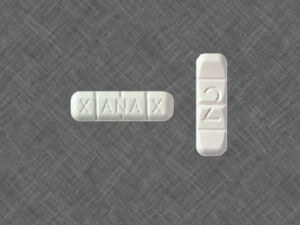
Leave a Reply